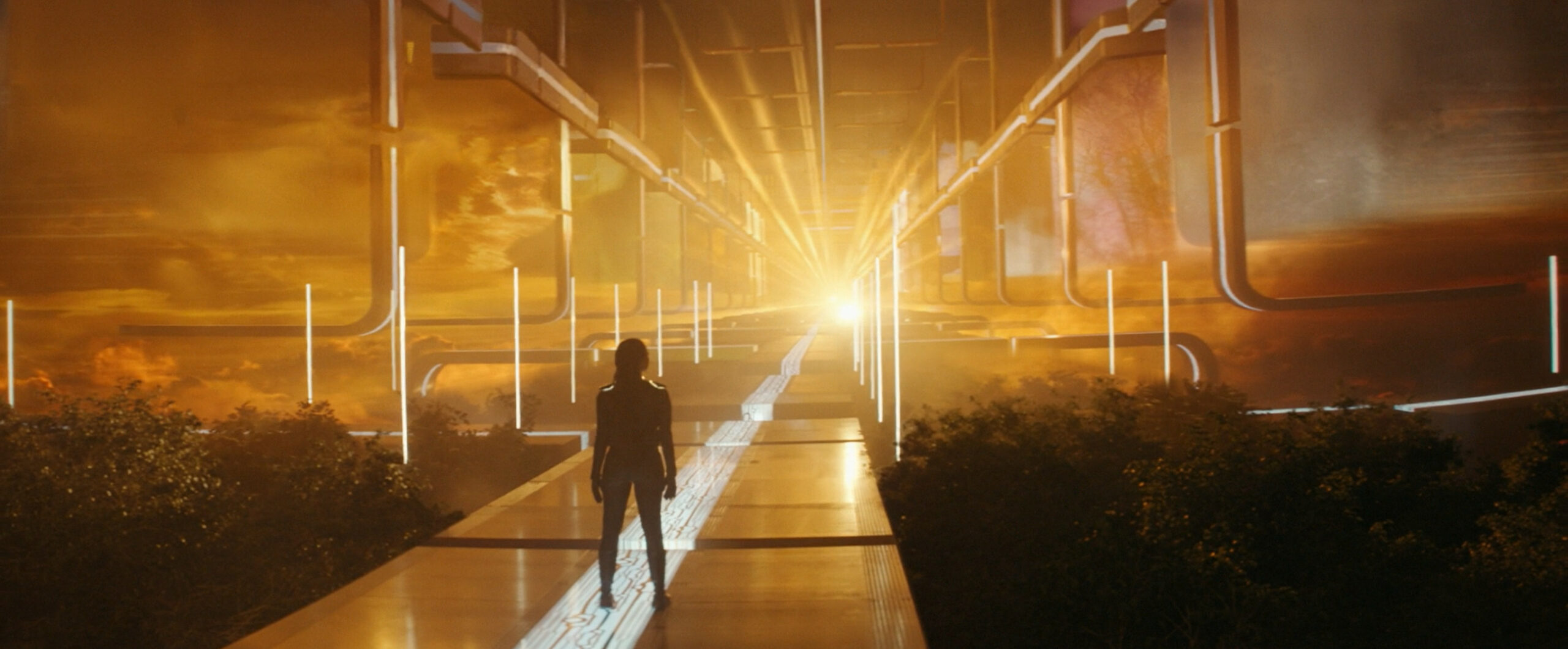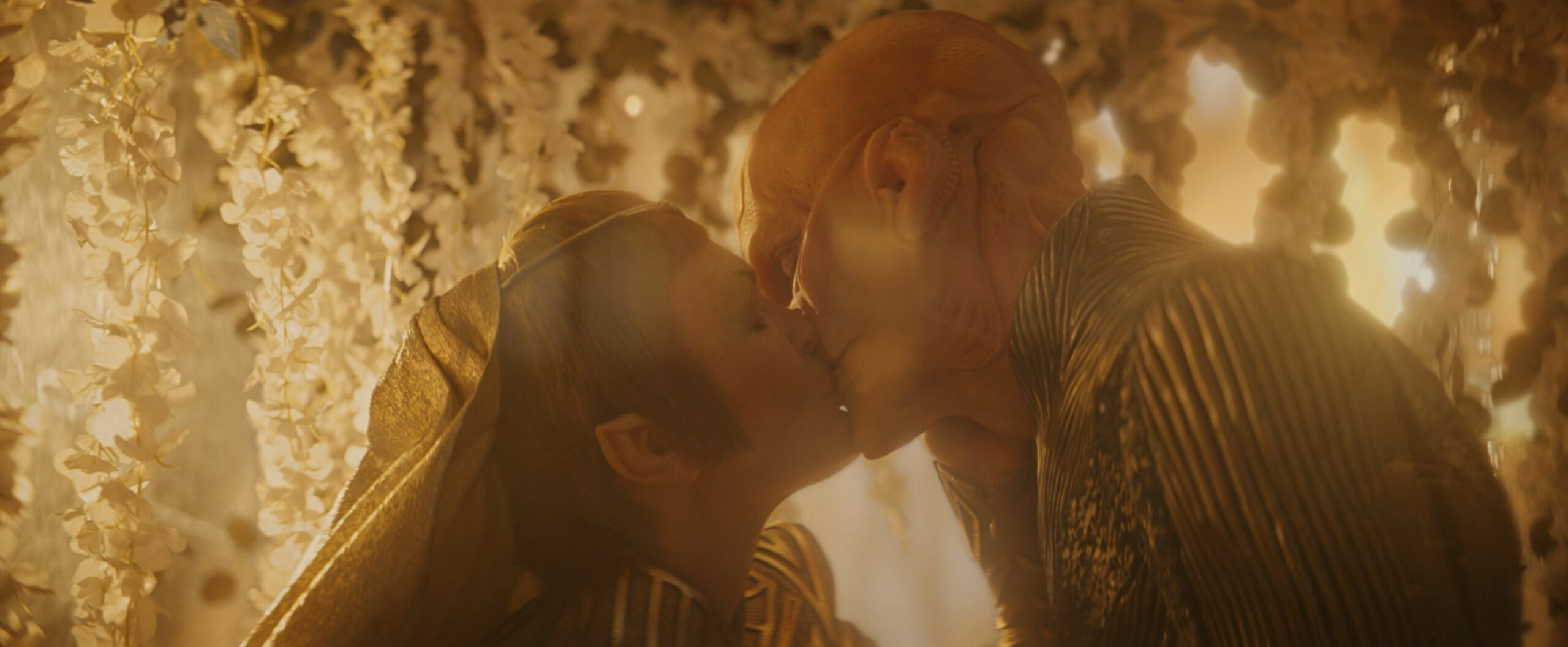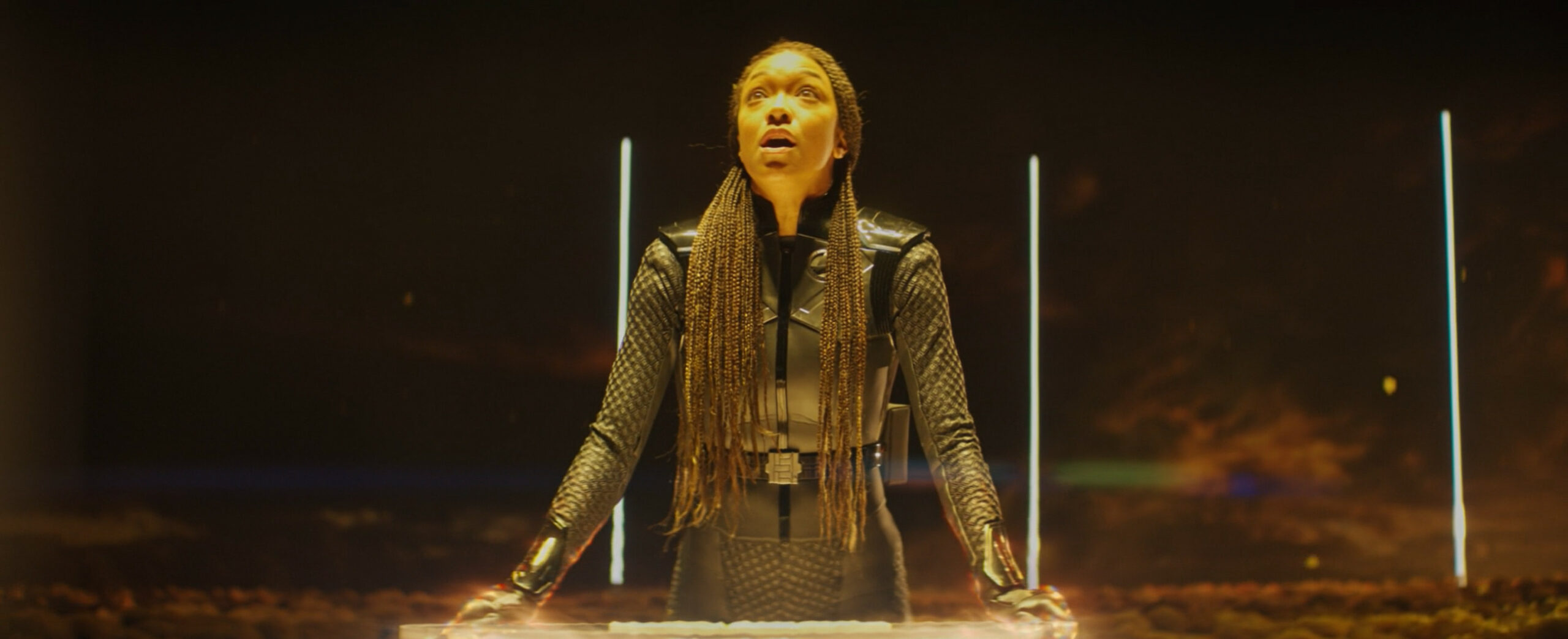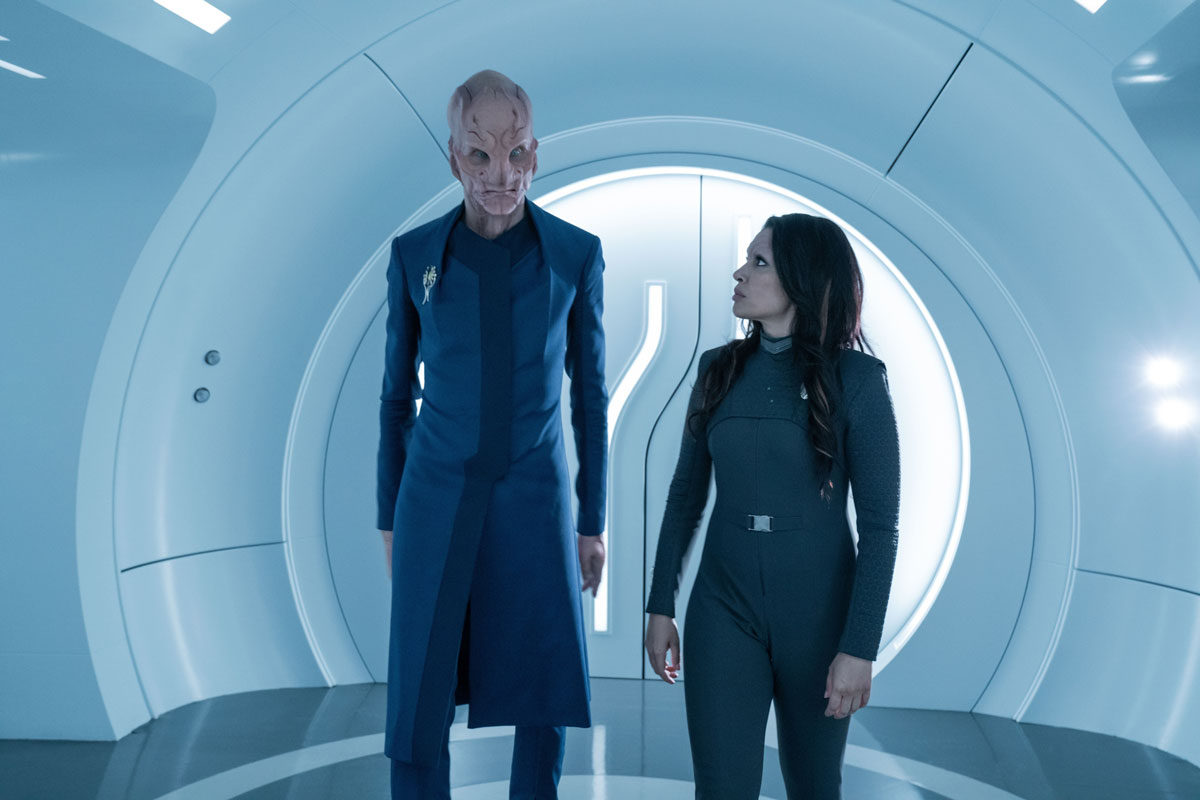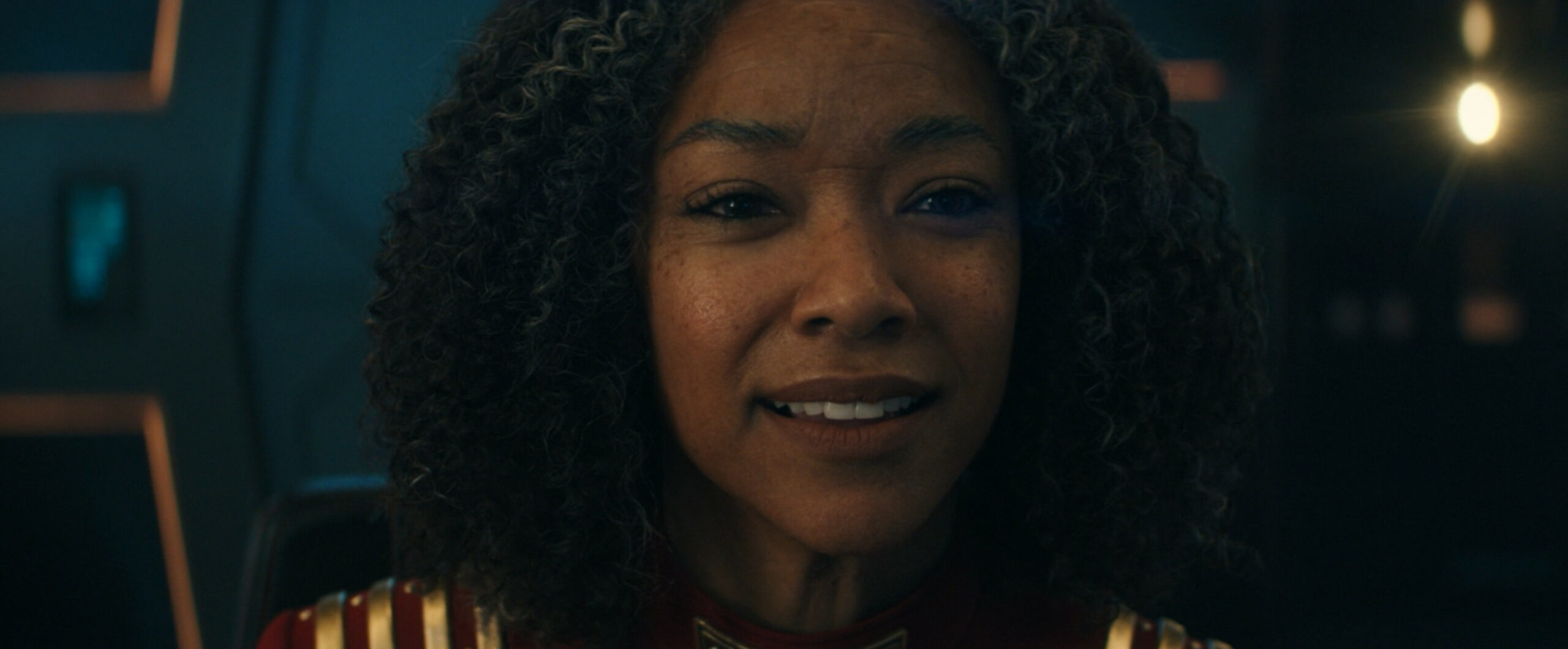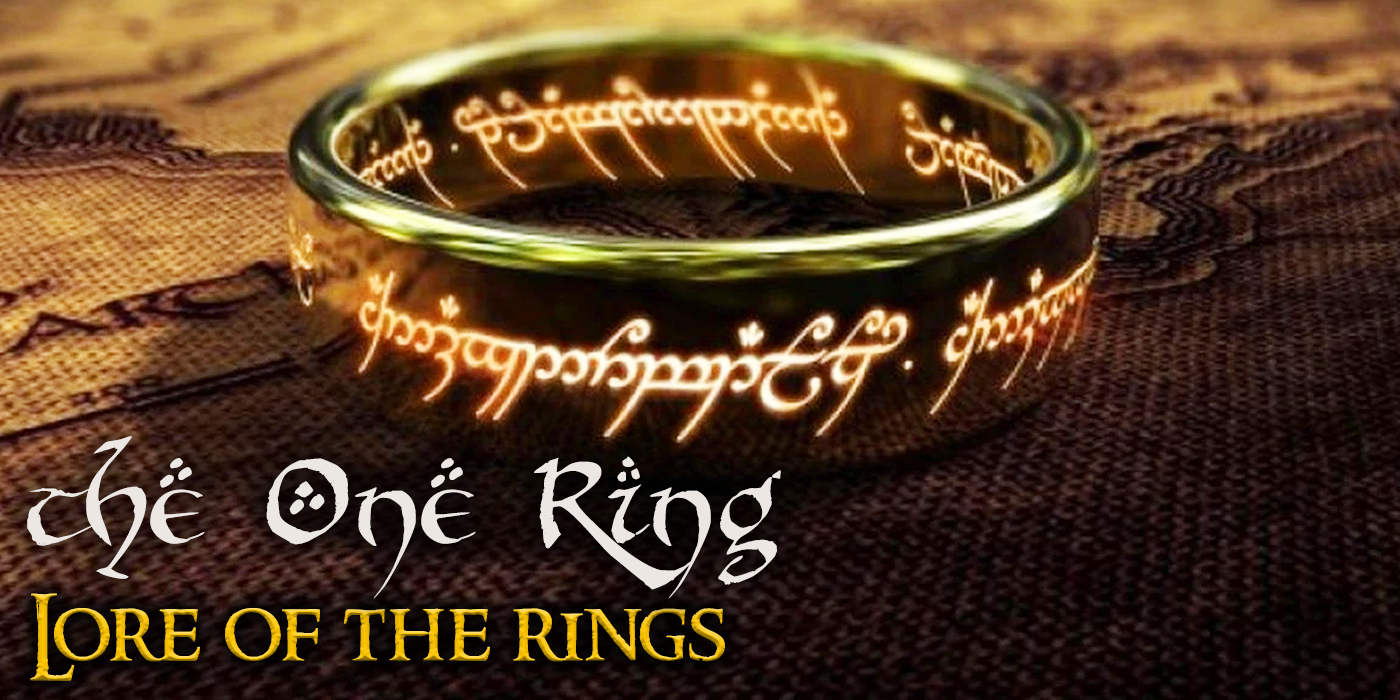‘Star Trek: Discovery’ Takes One Last Bow With “Life, Itself”
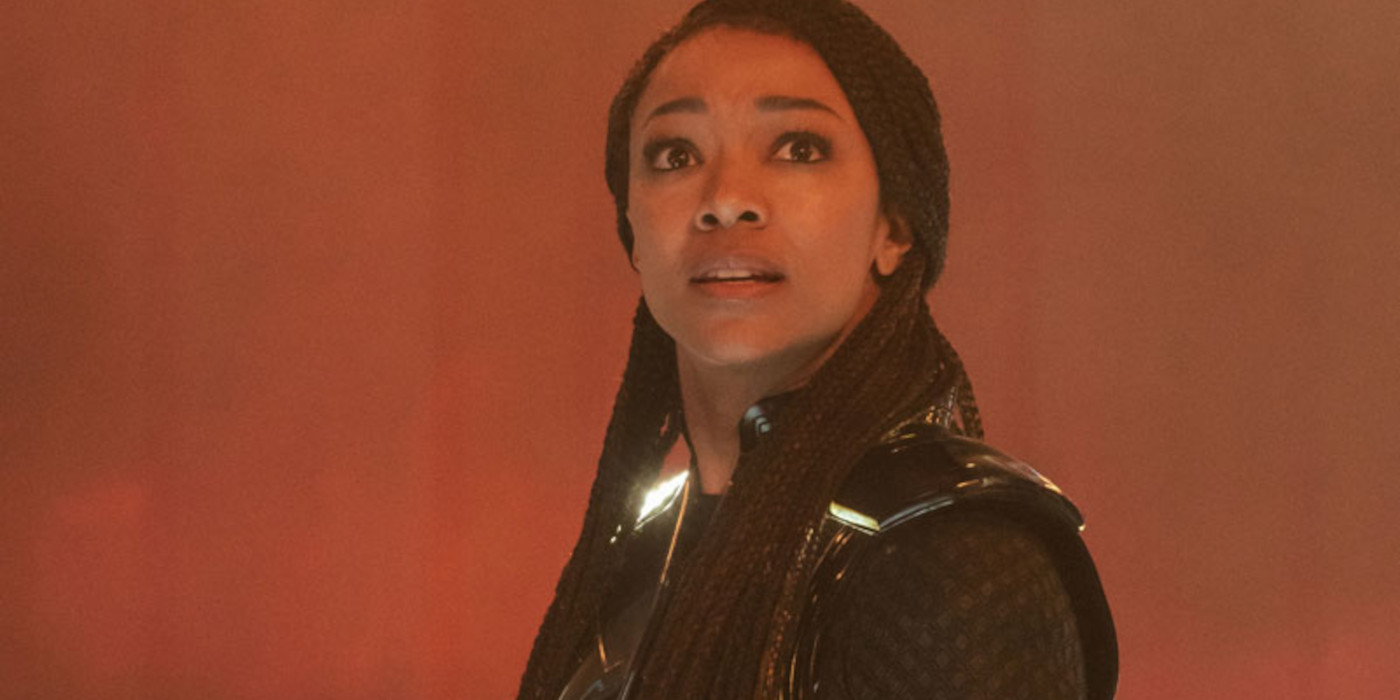
Seven years ago Star Trek: Discovery debuts with “The Vulcan Hello”. And with “Life, Itself” the series waves one last Vulcan goodbye.
After five seasons, Star Trek: Discovery, the show that ushered sci-fi’s most hopeful franchise back into the world, is over. Supernatural, another show that could’ve (and arguably should’ve) ended at five seasons has something to say about finales that feels relevant at this moment:
“Endings are hard. Any chapped-ass monkey with a keyboard can poop out a beginning, but endings are impossible. You try to tie up every loose end, but you never can. The fans are always gonna bitch. There’s always gonna be holes. And since it’s the ending, it’s all supposed to add up to something. I’m telling you, they’re a raging pain in the ass.”
“Life, Itself” faces an extra impossible hurdle: it is a series finale that wasn’t meant to be one. And yet there’s something ineffably conclusive about a story which brings humanity face-to-face with its creators. There’s something also conclusive about this moment in Michael Burnham’s life. When we meet her, she’s the former mutineer who got her captain killed and started a war with the Klingons. Now the power of creation is in her hands.
How does she handle it? Do the writers make it all add up to something? And how much are the fans gonna “bitch”? Good questions (maybe not that last one). But before we can answer them…
To Boldly Recap “Life, Itself”
“It’s high noon at the edge of the universe” is both a quote from The Fall Guy and also the best way to describe the beginning of “Life, Itself”. Discovery has to fight a Breen dreadnaught. Saru must convince another Breen Primarch not to begin war with the Federation. And in the middle of it all, Burnham and Moll are inside a mysterious portal where the most powerful technology in history lives.
Here’s how that all plays out: Saru scares the Primarch into backing down, Discovery uses their spore drive to launch the Breen dreadnaught into the Galactic Barrier, and Burnham meets a progenitor and becomes the steward to their technology.
That last bit is the most complex because it’s the one with the only non-binary outcome. Either Saru convinces the Primarch or her doesn’t. Either Discovery beats the dreadnaught or they don’t. But Burnham has to decide what to do with the power of universal creation, it’s not as simple as use it or don’t.
The Progenitors didn’t create this technology. They have no idea who did or how long it has existed beyond “forever, probably”. But the Progenitors used it for one simple reason: they were lonely. They’re the only game in town and they’re sole wish is for there to be more.
And hearing that, Burnham realizes that no one in the universe needs that power anymore. We already have infinite diversity in infinite combinations. We can already speak across the greatest divides and be heard in a language anyone can understand.
So she chooses to send that power beyond the event horizon. If whoever created it in the first place needs that power again, they can just recreate it. Right?
Discovery Post Script
“Life, Itself” is not just a season finale, it’s the end of Star Trek: Discovery, period. And so we get a bit of the old Animal House “here’s what happens with everybody” ending. Saru and T’Rina get married! Burnham and Book get back together! Tilly starts a mentorship program at Starfleet Academy! It’s happy endings all around!
We also find out the truth about Kovich—he’s actually Agent Daniels, the guy who first tells Captain Jonathan Archer about the Temporal Cold War so many years ago on Star Trek: Enterprise. I mean… sure. Put that on the back burner. We’ll come back to it later.
The big end point involves a time jump. We find Burnham and Book on a world where Book plants those Kwejian world tree seeds he got from the Eternal Gallery. The two are old now, they have a son who is a newly minted captain himself.
And Admiral Burnham has one final red directive—she has to send Zora and a retro-fitted Discovery adrift into a far-off point in space where she will someday meet a man named Craft. Just a little something to tie up the loose end that is “Calypso”.
Burnham sits in the captain’s chair one last time and imagines herself among her crew . They hug and smile. It’s a wake for times never forgotten but definitively over. “Let’s fly,” Burnham says. And for the last time Discovery jumps into the unknown, leaving behind a safe and strong Starfleet.
The end.
To Boldly Review “Life, Itself”
Turtles all the way down. That’s our end note. Infinite regression. Who are the creators who created the creators who created the… well, you get it. The question isn’t so much “is that a satisfying answer” as much as it is “does this open-ended question fit with Discovery‘s ethos in a satisfying way”. And on that score, at least, I think the answer is “yes”.
Star Trek: Discovery is a show without boundaries by its nature. It is the Star Trek show which most eschews the series’ episodic formula. Every episode continues the last. And every season has a question at the heart of it, but the goal is never to answer it, at least not directly.
“What is the Red Angel” has an answer, but the point of season 2 isn’t that question. The point is to ask if Michael (and by connection, we) have family, even when it feels out of reach. And that’s complex. “What is the Burn” has an answer, too, but that’s not the point of season 3. That story is about carrying on when everything you know is gone. “Who made the DMA?” has an answer, but, again, season 4 is about how to communicate with the incommunicable and that, too, is complex.
The closest definitive bookend we get is between season 1 and now. Can a woman who betrays her captain and herself find inner peace after seemingly endless wars and strife, often of her own making? Yes. The answer to that question is always “yes”.
And that is the point of all of Star Trek: Discovery. No one is beyond redemption. Conflict and hope coexist. Knowing why isn’t the point, but our seemingly endless inspection of why is. Infinite diversity. Infinite combinations. And Infinite regression.
Turtles all the way down.
You Didn’t Think It Was Gonna Be That Easy, Did You, Discovery?
In the infinitely imitable words of Sergeant Columbo: ah… just one more question, sir—are the fans gonna bitch? You bet your sweet bippy, they are.
Star Trek: Discovery is a wonderful show which carries the torch first held by Gene Roddenberry in new and powerful ways. It’s the reason we have a Star Trek TV franchise again in the first place. But it’s also deeply frustrating a not small portion of the time and “Life, Itself” is, like the show has always been, a mixed bag of beautiful and infuriating.
First of all: Action Saru is aces. Calling the Breen’s bluff on wanting war the way he does is top tier. Between this and his wedding, there’s no question that Saru is a character people will connect with for years to come. Culber embracing the spiritual in not knowing feels like a fitting end for the man whose resurrection haunting him for so long. And Tilly and Rayner will never not be funny together. Wish we’d gotten multiple seasons with them.
As a Star Trek nerd, there’s something cool about Discovery jumping a Breen dreadnaught to the Galactic Barrier (a.k.a. where we find out why god needs a starship) in an episode about our creators. However, I do think there’s something a little continuity-obsessed about a few things. For one, Kovich being Agent Daniels? I’m sure many Enterprise fans will feel vindicated, but it doesn’t serve the story. And linking back to “Calypso” at the end feels like wrapping up for wrapping up’s sake.
And while I am relieved L’ak doesn’t come back from the dead (we’ve had enough of that over the years), Moll turns face too easily. We needed more time with her to make that pay off worth it.
Admiral Michael Burnham
Michael Burnham will always represent the best and the worst of Star Trek: Discovery. Undeniably, Sonequa Martin-Green is a charismatic performer, one who keeps her fellow players together even as this show struggled over the years. But Burnham, like Captain Katherine Janeway before her, is often written as though she’s right even when she clearly isn’t.
Destroying the Progenitor tech? The power that, so far as we know, is the reason all life in the universe exists in the first place? Really, Michael? Really? Let’s just say that’s a decision which is deeply in keeping with Burnham’s sometimes baffling power plays over the years. She could’ve hidden it. You know… like the scientists before her did! Just in case, you know? Anyway, it’s fine. I’m sure Kovich pulled it from the event horizon when no one was looking. That’s my head canon.
But do I love seeing old Admiral Michael Burnham living on a world I suspect she and Book dubbed “New Kwejian”? Yes. Yes, I do.
You know, in 1993, Star Trek: Deep Space Nine gave us a show featuring a Black man as the lead — and he has a son who is always priority one. 25 years after Benjamin Sisko disappears, here we finally see Michael and Book together carrying the torch he handed them. I wish very much we could see them raise their son. But there’s something deeply satisfying knowing that he will carry on their adventurous call towards discovery—let’s fly.
There’s no mythical technology that makes the future come. That family is the reason Starfleet exists.
In a time when hope is elusive, “Life, Itself,” imperfect though it most certainly is, adds up to one undeniable something: hope is always out there.
4/5 stars

